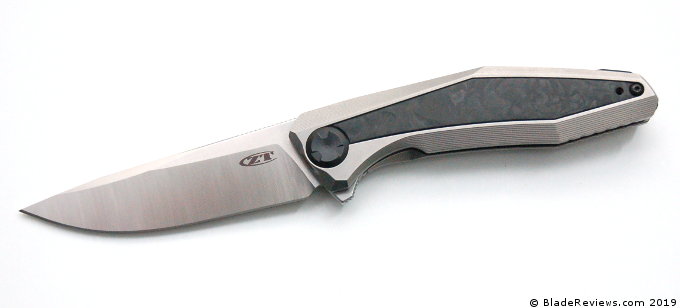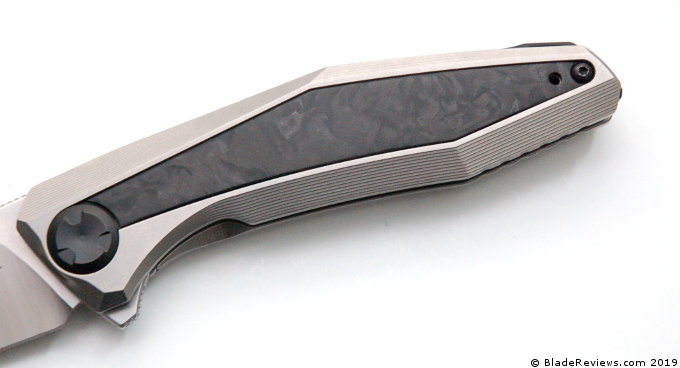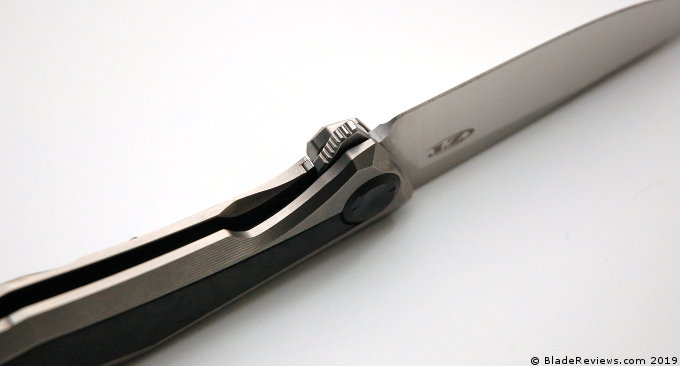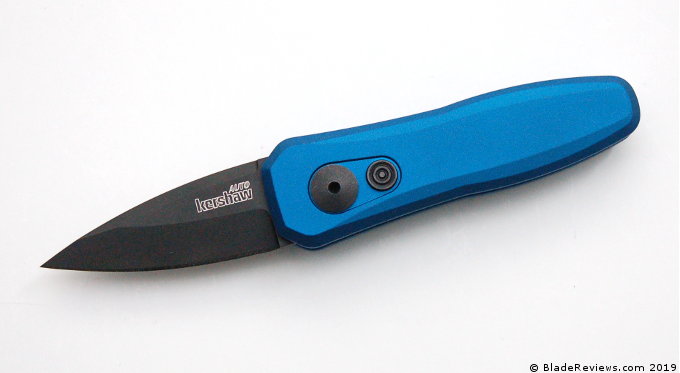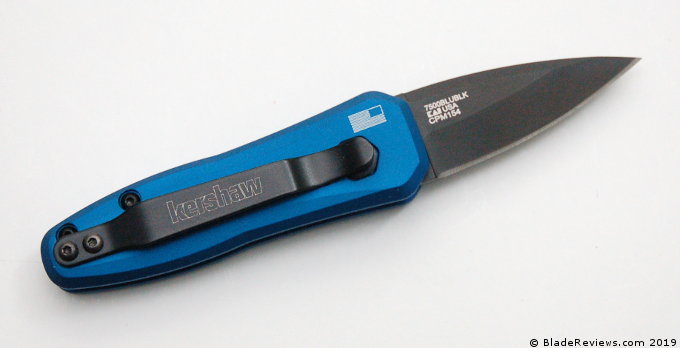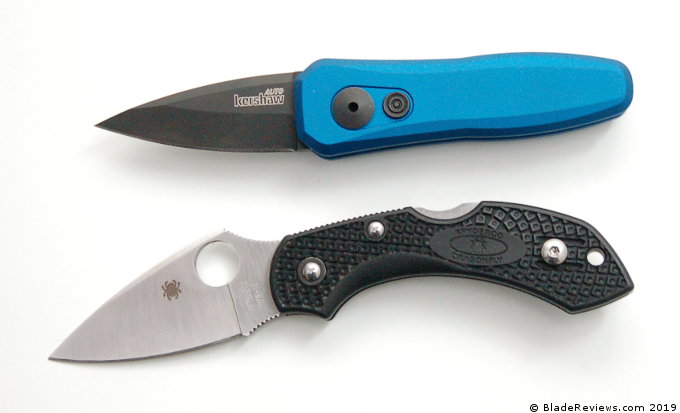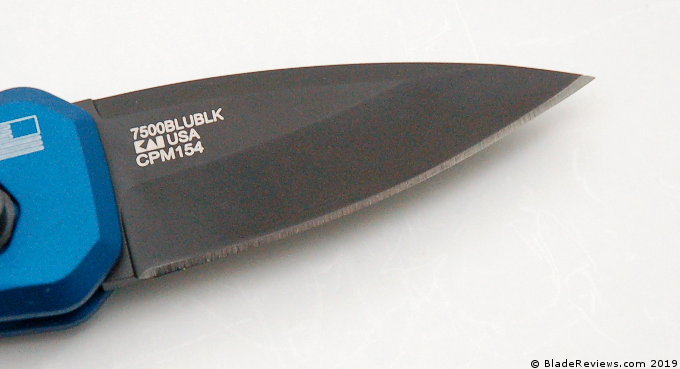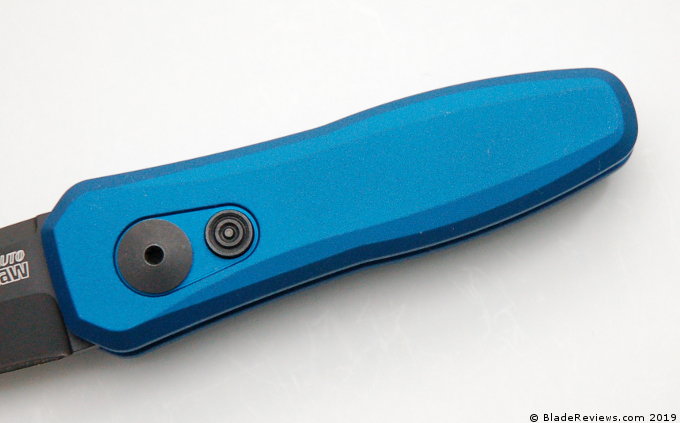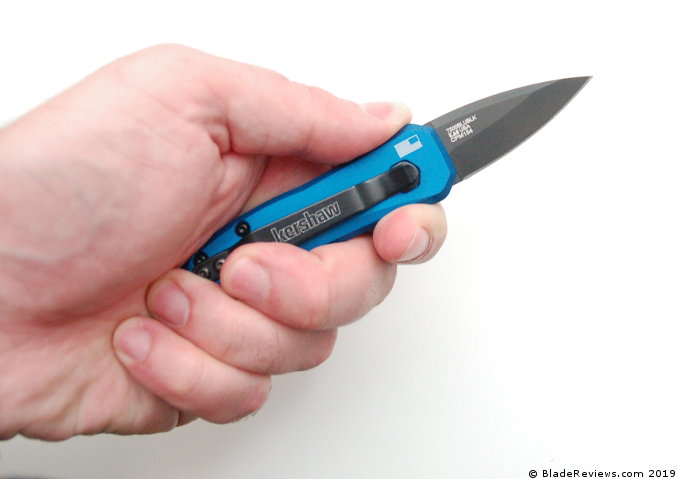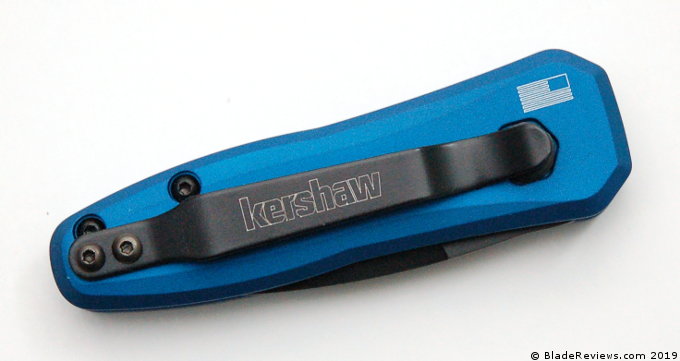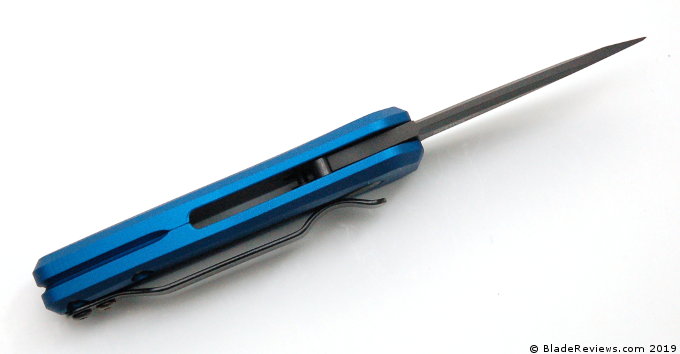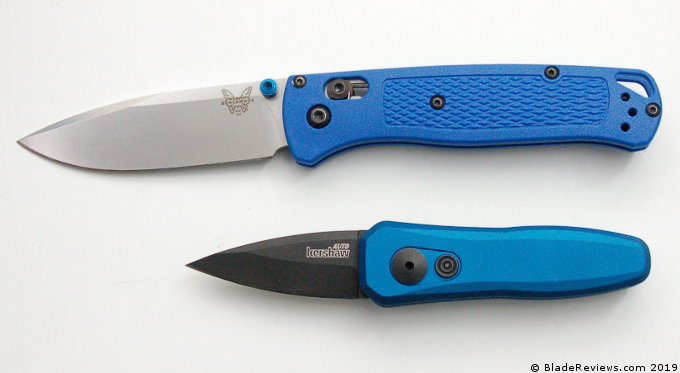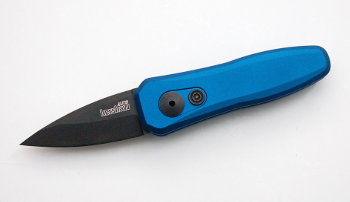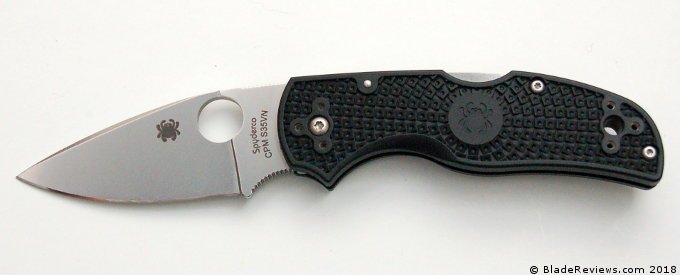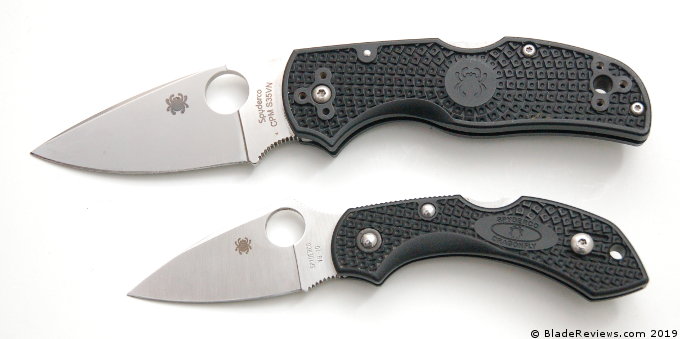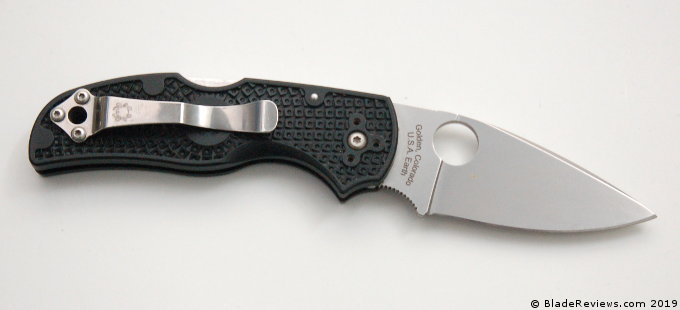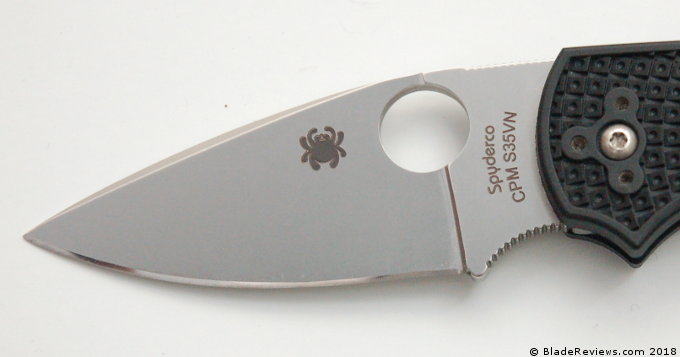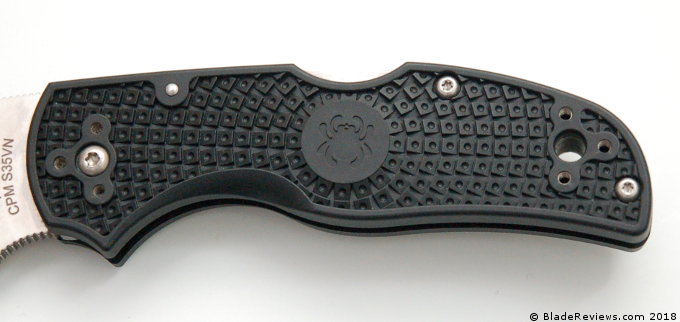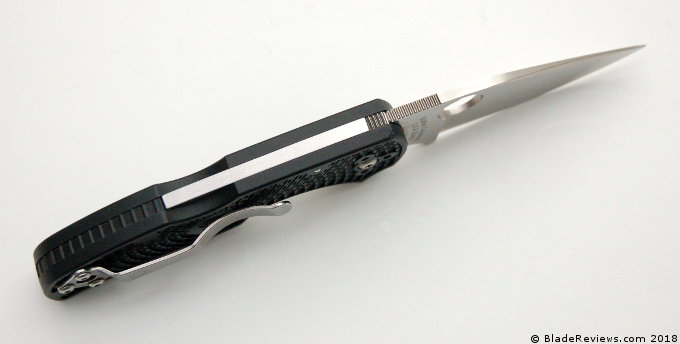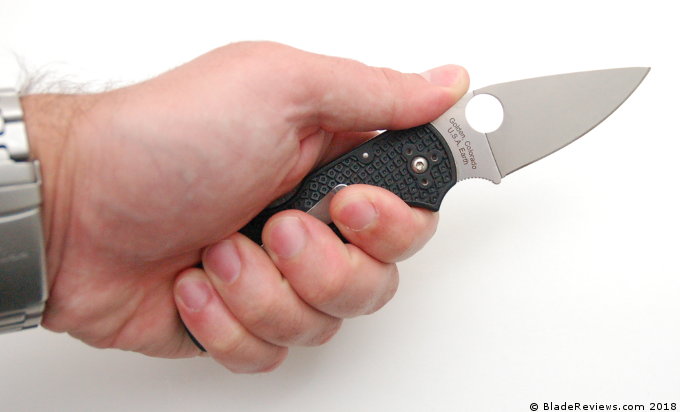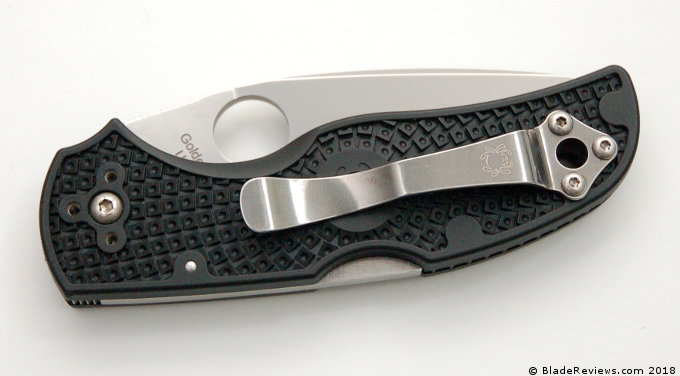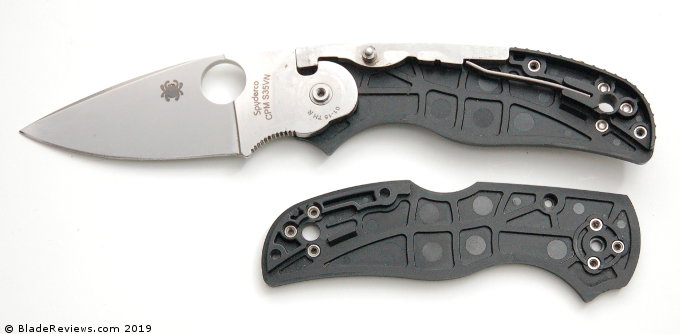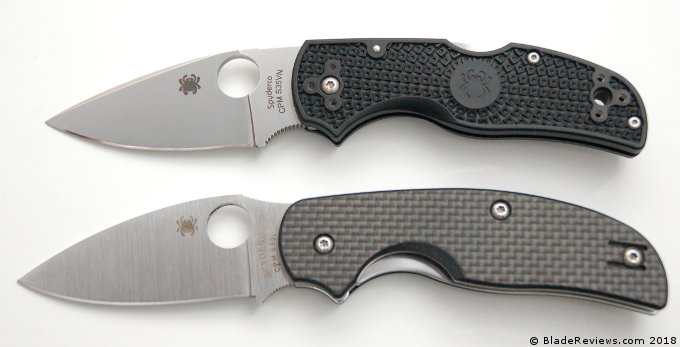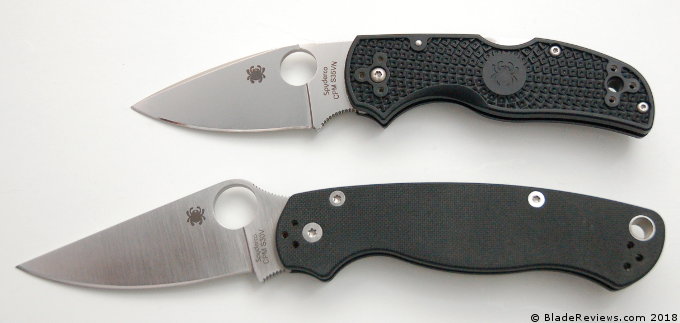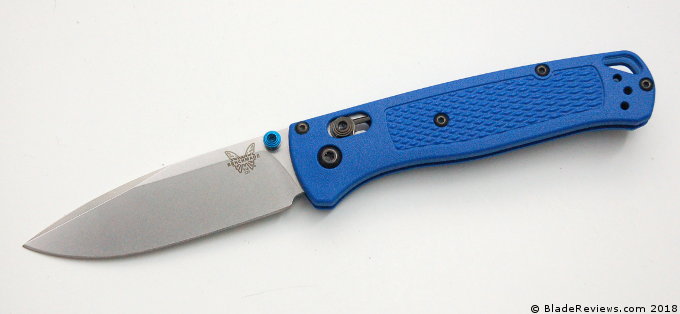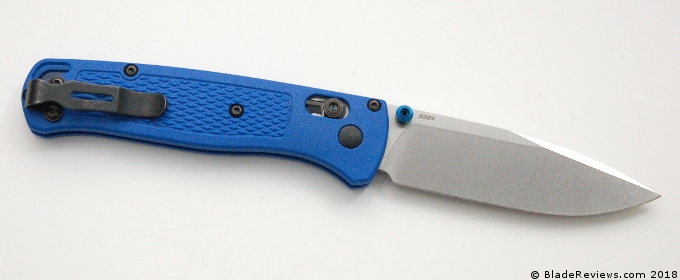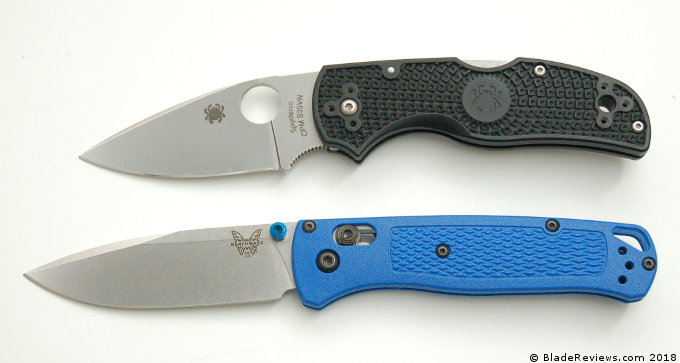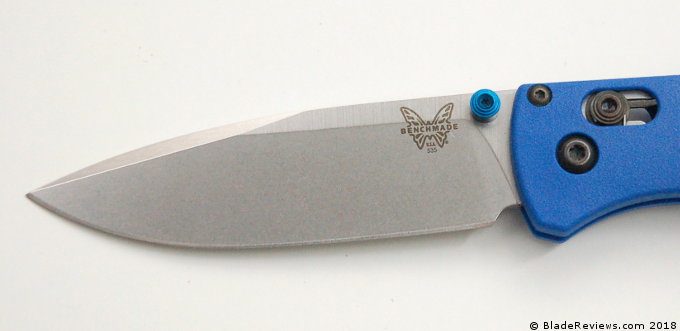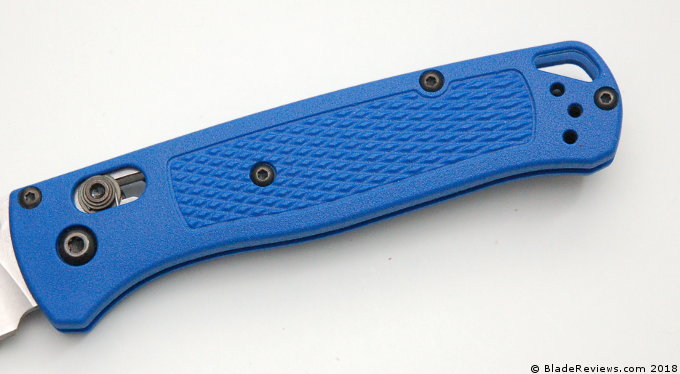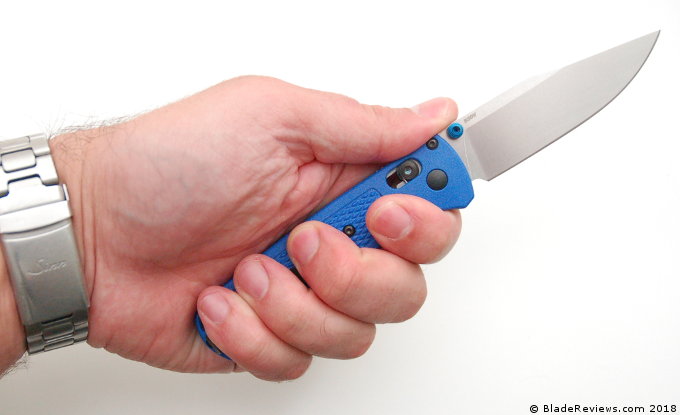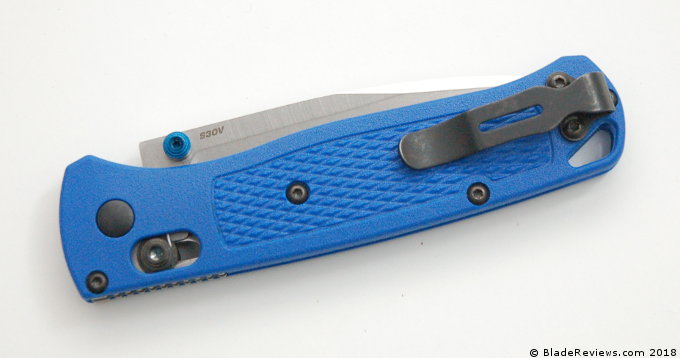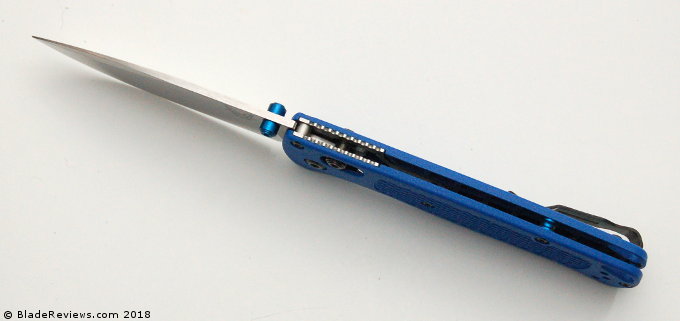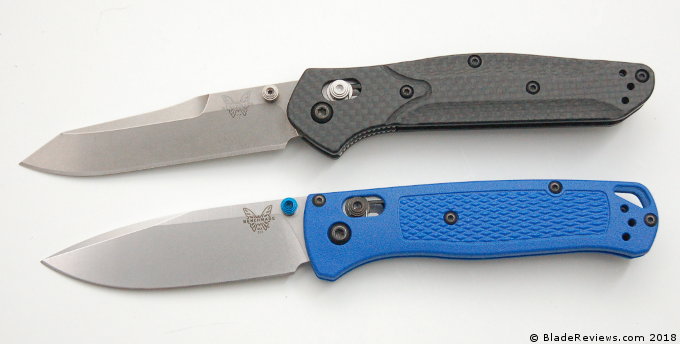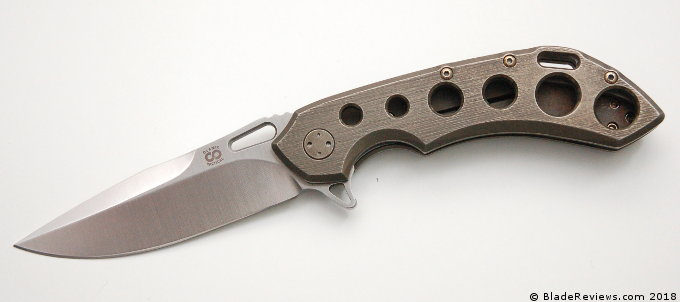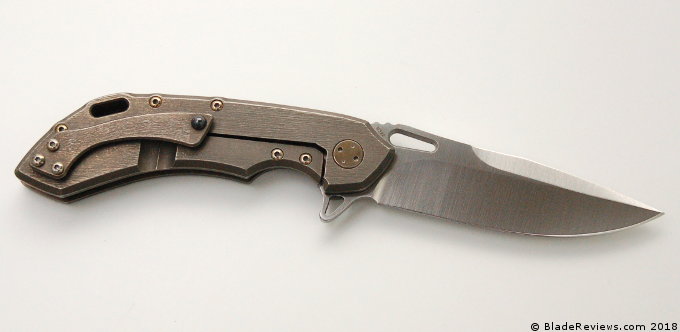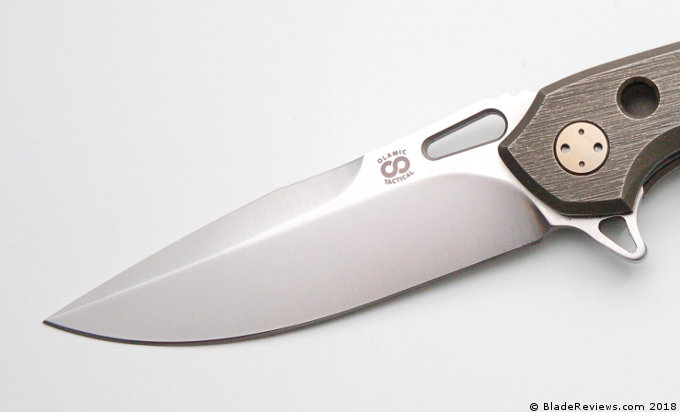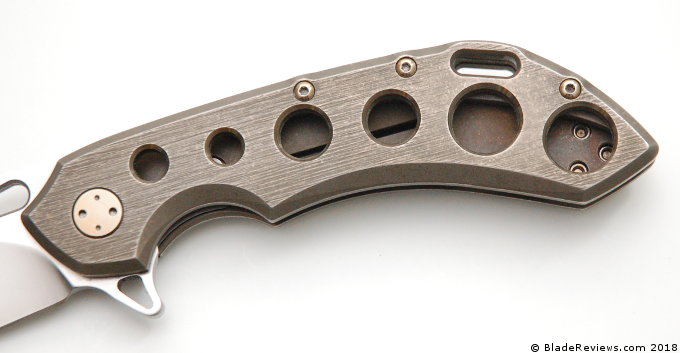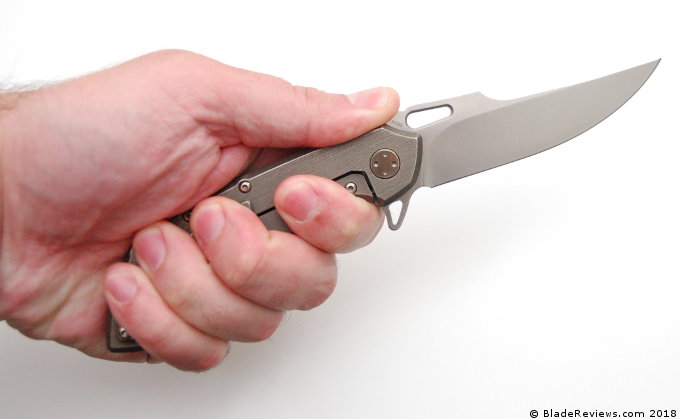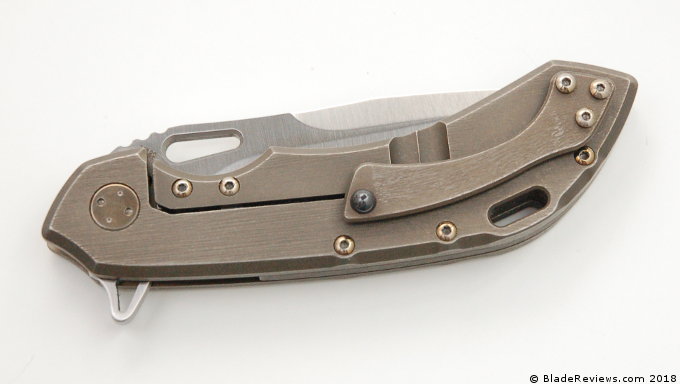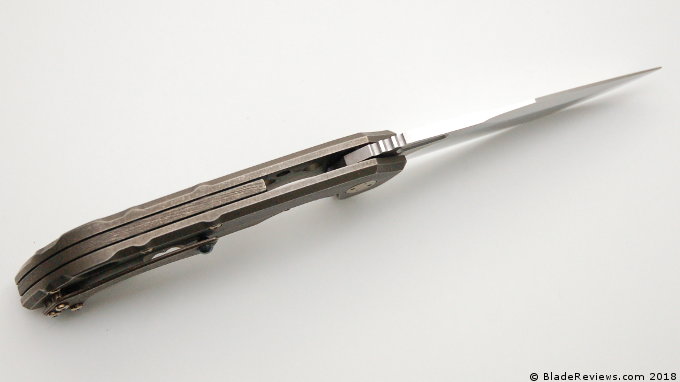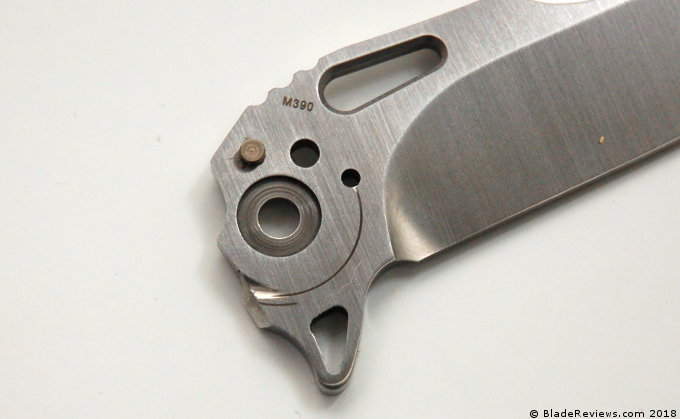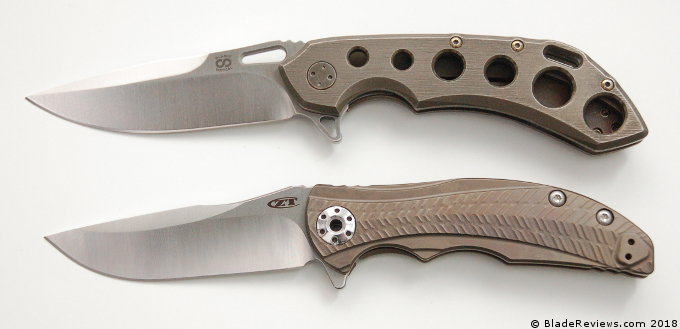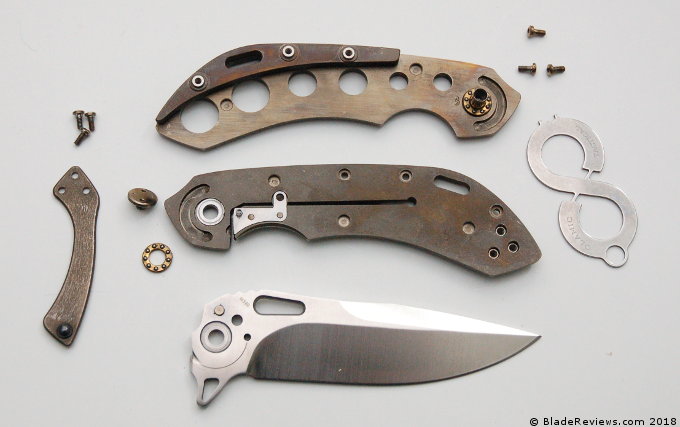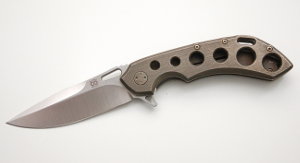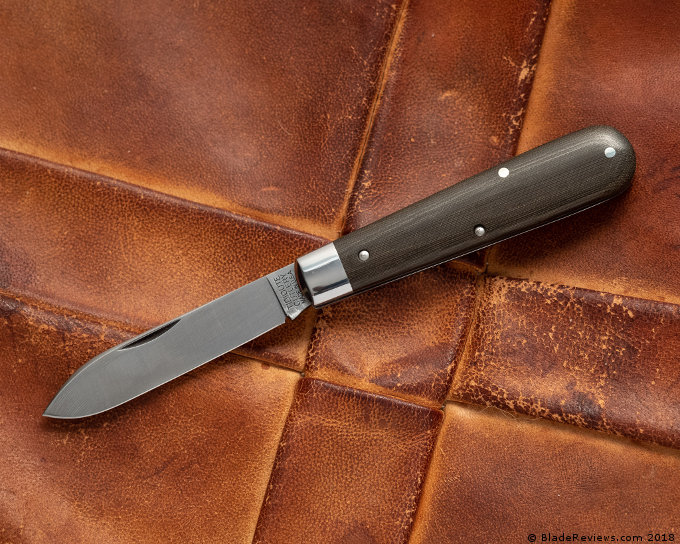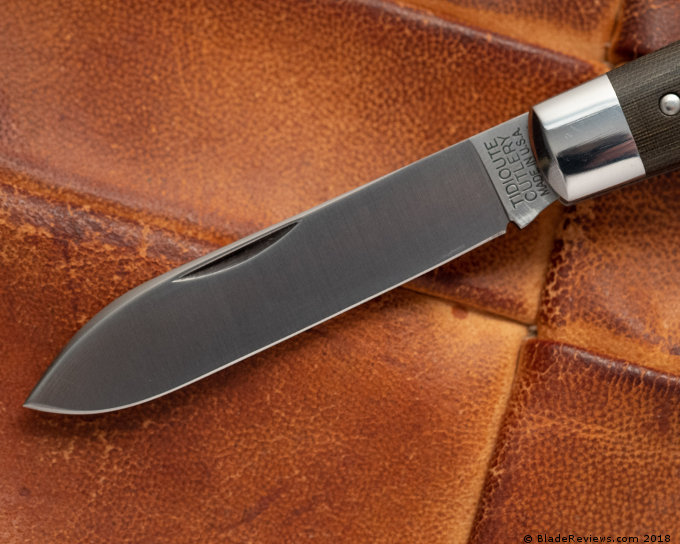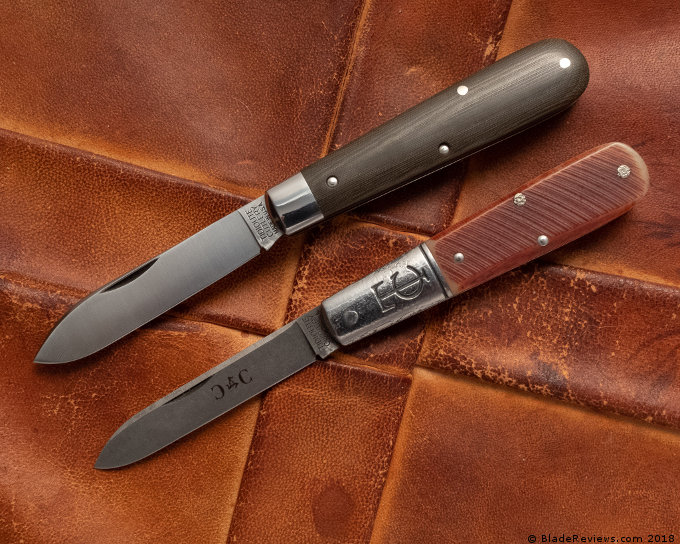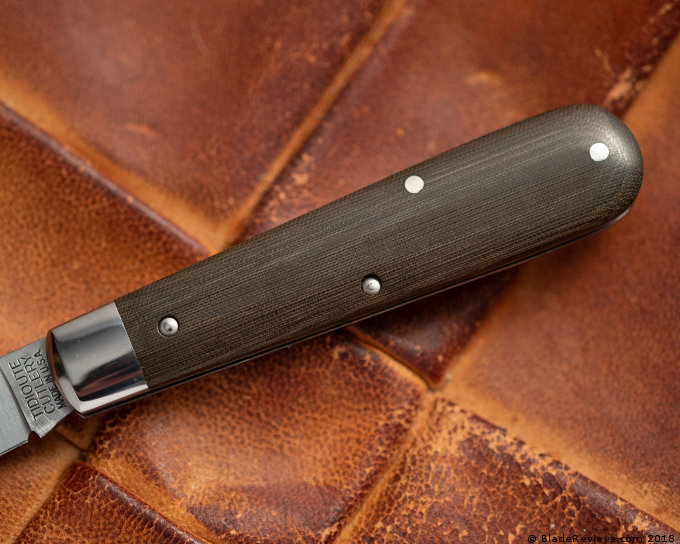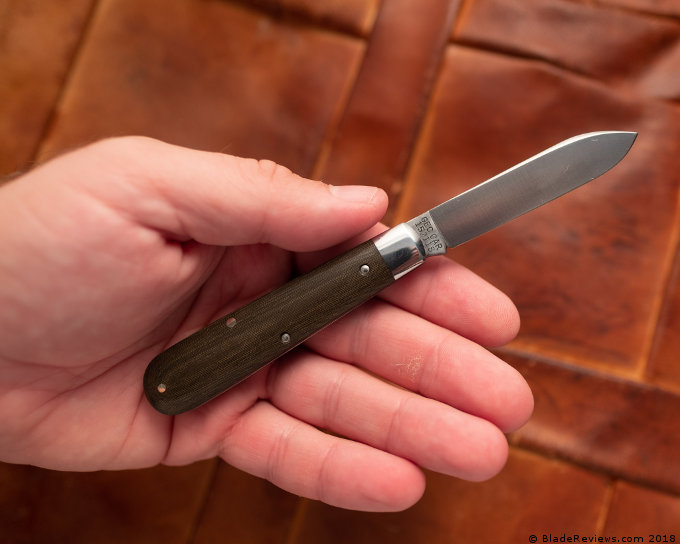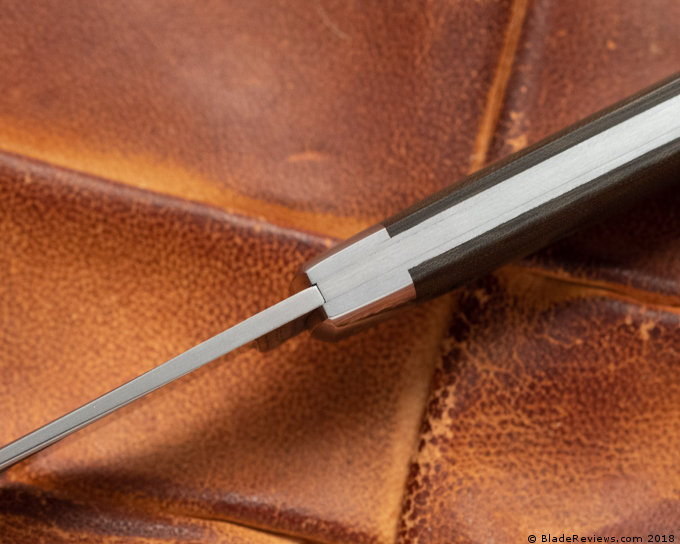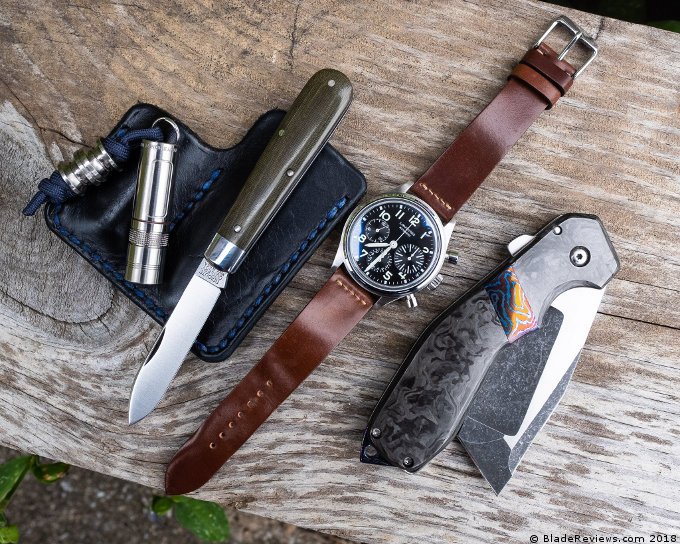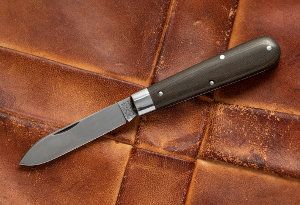Reviewing the Zero Tolerance 0470 is about as safe as it gets. We have reviewed countless Sinkevich / Zero Tolerance designs. It is well within our comfort zone of review material.
No products found.
So why review the 0470? Well, it’s a beautiful knife, it appears to be built differently than the other ZT/Sinkevich collabs I’ve reviewed, and I bought the knife at a fantastic price. I hope no one minds.
General Dimensions and Blade Details
The 0470 has an overall length of 7.8″, a 3.4″ blade, weighs 3.3 ounces, and is made in the USA. Like the recently reviewed 0609 this model is aimed towards the EDC enthusiast. This 0470 is thinner, lighter, and more discreet than the ZTs that got the ball rolling for the company.
I still remember the halcyon days of the 0560 and the 0300. Those models put Zero Tolerance on the map, but those were some big knives. Totally impractical for most people, but they paved the way for blades like this 0470. Personally, I’m glad ZT is continuing to head in this direction. I’m sure they will still release some big knives as well.
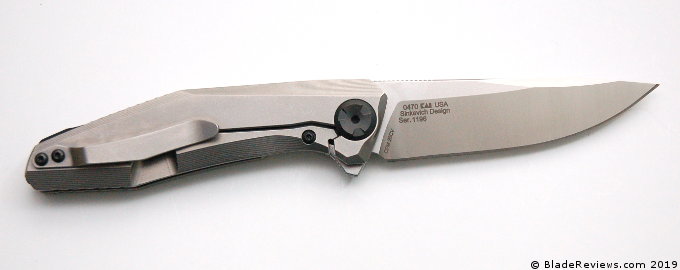
Lets talk about the blade. It shares the same low slung lines that make a Sinkevich a Sinkevich. It’s a beautiful triangle of steel with a high flat grind, partial swedge, and two-tone satin and stonewashed finish.
A detail I love on the blade of this knife is how the spine has been subtly chamferred up by the jimping. This is a feature on my Shirogorov F3 and on the Sebenza. To see this detail brought to a ~$250 knife is awesome. That chamferring has also been brought to the flipper tab. It eliminates any sharp edges on the flipper that can cut your finger. Another small touch is the generous sharpening choil. Frankly, a sharpening choil something I would expect to see, but it doesn’t always make it into every pocket knife.
A blade shape like this can do no wrong, unless perhaps you are wanting to skin a buck with it. In that case the tip is probably a little too prominent, but for everything else this is a versatile and functional blade shape.
As a quick aside, here is a size comparison with the ZT 0609. They compare favorably in size, but are built differently:
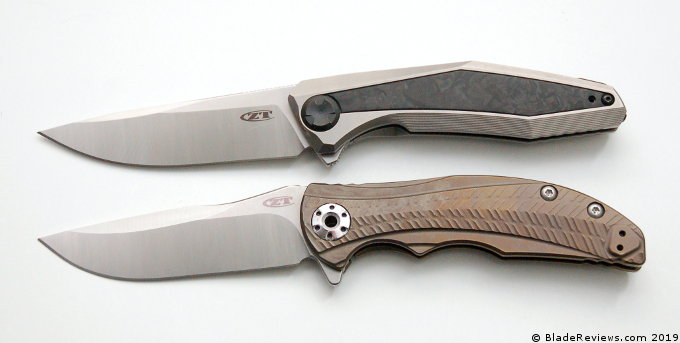
For blade steel ZT went with CPM-20CV. CPM-20CV is made by Crucible Industries in Solvay, New York. CPM-20CV is chemically similar to M390, a high end European steel I have long appreciated. Crucible has a long track record of making high end specialty knife steel. Their catalog includes 154CM, S30V, S35VN, and S90V. They are specialty steel makers and know what they are doing.
CPM-20CV and M390 have both earned a reputation for high hardness and excellent edge retention, while not being as stubborn to sharpen as something like S90V or ZDP-189. CPM-20CV is also stainless and tough. It’s arguably the best all-round blade steel money can buy as of early 2019.
In practice, the blade of my 0470 has been a excellent performer. The blade came razor sharp. The edge bevel was neat and even, and the stock blade easily popped hairs off my arm. After sanitizing the blade thoroughly (ie, wiping it on my shorts), I put the knife into my daily carry rotation. I used it at home and at work for opening mail, breaking down boxes, and food preparation. I used the 0470 in place of my paring knife for vegetables and fruit.
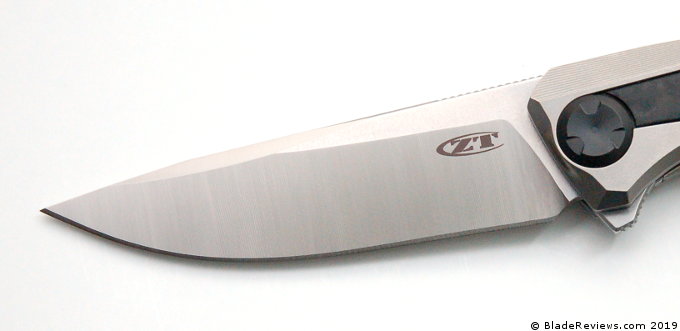
The blade has performed admirably. It tracks through cardboard and holds up well under harder use, but the geometry is nimble enough to slice apples cleanly, route the tops off of strawberries, and mince garlic. Edge retention has been excellent. When the edge begins to slow I show it to my near mythical Spyderco Golden Stone, and all becomes right in the world again. No issues with the edge chipping or rolling, and no signs of rust, staining, or corrosion either.
Handle, Ergonomics, and Pocket Clip
The handle is where things get interesting. If you peruse our pretty decent catalog of ZT reviews, you will notice there is nothing quite like this 0470 with it’s 3-d machined titanium handles and marble carbon fiber inlay. It’s a level of complexity and workmanship I haven’t seen on any of their other production knives.
That’s what drew me to this knife. If the handle didn’t have this unique twist I probably would have passed on it. The end result is an simple and classy handle. It’s elegant, not ornate. And it has been done beautifully. There is not a stray mark on this knife. And I love the simplicity of the handle construction. There is only one body screw at the tail end.
Inside the titanium handle pieces have been deeply milled out to reduce the weight. Holding it all together is a black aluminum backspacer with an integrated lanyard hole. Again, this integrated lanyard hole is a feature found on my significantly more expensive Shirogorov. Since I’m not a big lanyard guy, I appreciate how they avoided drilling a big ugly hole into the handle of the knife. It’s a level of care you simply don’t see on most pocket knives.
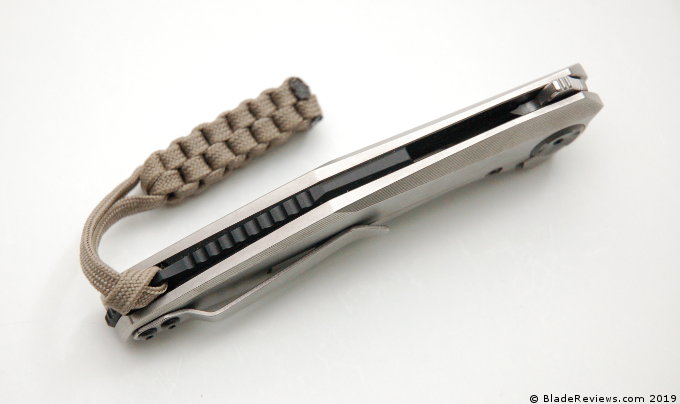
There used to be a nice ZT 0470 disassembly video on YouTube that showed the tight tolerances and attention to detail of this knife. It has since been taken down unfortunately, but the inner workings of the 0470 were surprisingly complex. I would not be quick to disassemble this knife.
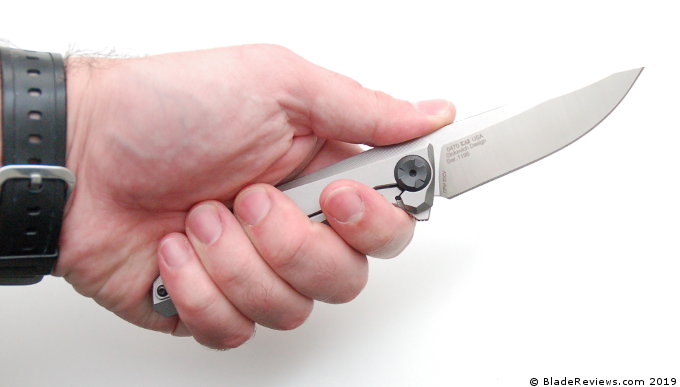
The ergonomics of the 0470 are excellent. It’s a simple open design that will accommodate most hand sizes, and the spine of the canted handle meets my palm easily. The balance point is just behind the pivot, making the knife feel light and natural in hand.
Texture has been used strategically on the 0470. A run of fine jimping on the spine of the blade is balanced by coarser jimping on the back of the handle. The handle pieces aren’t heavily textured, but they are deeply contoured to meet your fingers and given an attractive end mill finish. The net result is a positive grip and a knife that isn’t going anywhere. It’s comfortable to hold in forward and reverse grips.
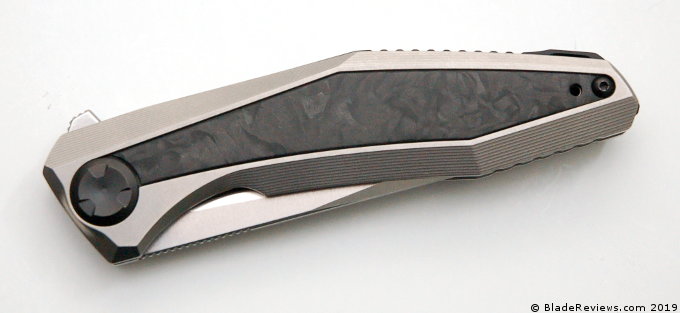
The pocket clip is a simple metal spring clip. No 3-d machining on this model. I’m OK with that. The clip design is simple and effective. It was designed for this knife and follows the lines of the handle. It also lacks any overt branding. It offers good spring retention and is easy to insert and remove from your pocket. The handle is drilled and tapped for ambidextrous tip up carry. It’s not a deep carry clip, but most of the handle is buried.
Here is your in pocket shot:
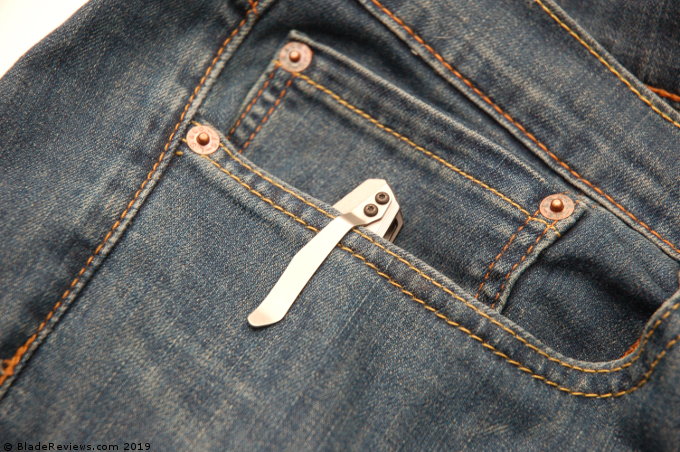
In practice the 0470 carries well. With a near 3.5″ blade, the 0470 is still on the larger side of a true EDC knife for me. It is substantially bigger than the Dragonfly 2, the most pocketable folding knife of all time.
But I don’t think comparing the 0470 to a DF2 is fair. In defense of the 0470, it isn’t a huge knife, and it has a gentleman’s folder quality to it. It’s just a little over 3 ounces. For its size the knife carries well and the pocket clip does a good job keeping the knife in place.
Deployment and Lockup
The 0470 is a titanium framelock flipper running on caged bearings. The flipper keeps a low profile and heavily jimped. The action is smooth and easy. After disengaging the lock the blade will fall shut with a flick of the wrist.
Here is a size comparison with my Shirogorov F3:
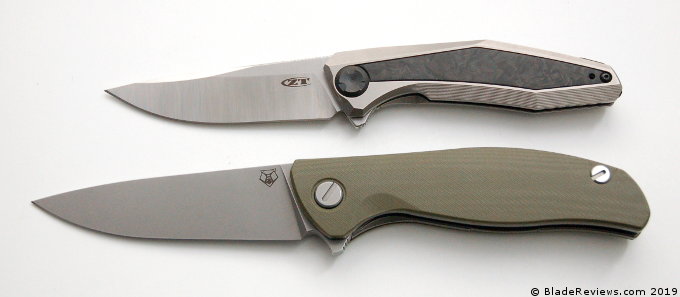
However, the detent on this knife is surprisingly light. The blade doesn’t fall out of the handle, but it’s not the level of snappiness I’m used to. The best way to open this blade is using the light-switch technique. Push buttoning it gives me mixed results. The angle of the flipper tab seems to be designed for light switching.
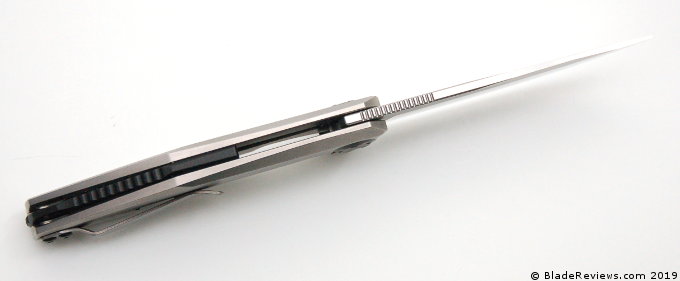
I find the light detent highly unusual given ZT’s long track record of dialed in detents. I would often comment in my reviews how they are the industry standard in my book. But here the 0470’s detent was surprisingly light, and I don’t think I’m alone either. The knife works fine and with the right technique there are no issues opening the knife, but those expecting the typical action of a ZT flipper will be disappointed. At least initially. Now that I know to lightswitch it I’m able to get the blade open every time, but still this came as a surprise.
For lockup we have a titanium framelock with stainless steel lockbar insert. Thankfully there were no surprises with the lockup on this knife. Perfectly rock solid, with early engagement, and easy to disengage. No sticking, and absolutely no blade play. This is exactly what I would expect from a Zero Tolerance blade.
Blade centering is also perfect on my knife.
Zero Tolerance 0470 Review – Final Thoughts
If you are like me, and think there is no room for another ZT in your collection, then the 0470 might just change your mind. It’s a different knife from this company. Just when I was beginning to lose interest in their offerings they tempted me with this dressed up EDC knife.
I think this constant evolution of their products is what keeps the brand interesting and relevant. They continually step out of their comfort zone, and don’t mind pivoting in different directions. Another example of this is their 2019 0022. It’s the smallest knife they have made, and I just might have to grab one.
But lets get back to the 0470 in particular. I love the classic Sinkevich lines paired with the heavily machined and highly engineered titanium handles. The carbon fiber inlay adds a touch of class. The blade cuts well, the handle is comfortable, the fit and finish is top notch. It’s everything you would expect executed near perfectly.
The only surprise was the light detent. Frankly when I first got this knife I thought something was wrong with it. I was shocked. But now that I’ve had the chance to carry and use the knife for a few months, I have no issues getting the blade open. And my understanding is that this is typical on the 0470. If you own the knife please let me know how the flipper action is for you.
At the end of the day I think the pros far outweigh any cons cons. At ~$250 this is not a cheap knife, but you can see where the money went. I have enjoyed mine and can easily recommend it if the design intrigues you.
No products found.
I recommend purchasing the Zero Tolerance 0470 at Amazon, or BladeHQ. Please consider that by purchasing things through any of the links on this website you support BladeReviews.com, and help produce future reviews. Thank you very much.
